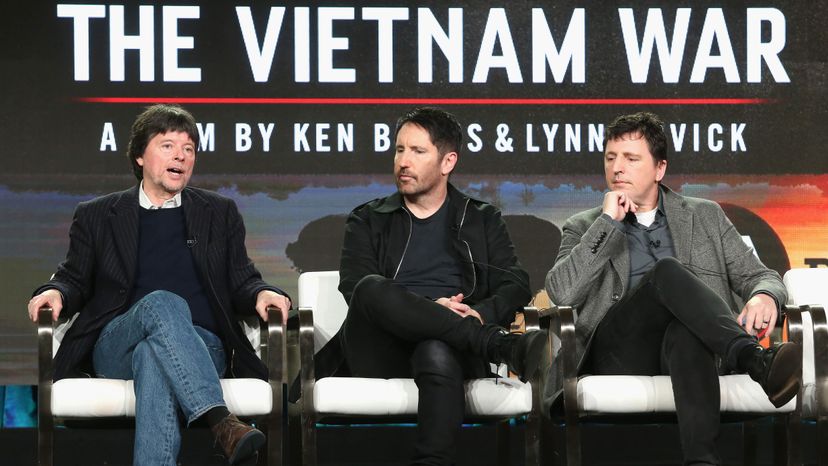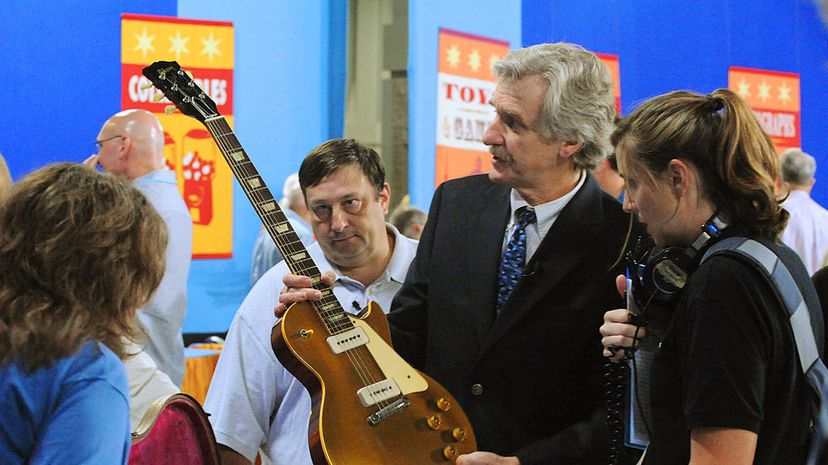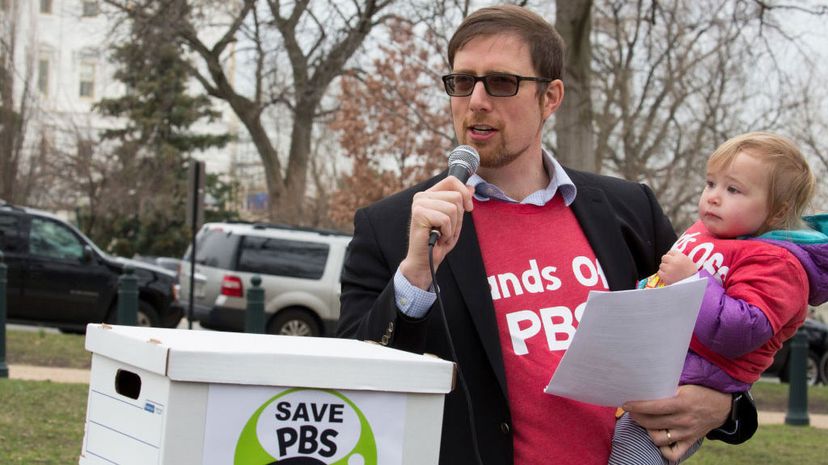
If you've ever watched "Sesame Street" or listened to "All Things Considered," in the U.S., you've tuned in to public broadcasting. Every month, some 170 million Americans — more than half the U.S. population – tune in to public media via its TV stations, radio stations or online services. In fact, PBS, the public TV station, has more viewers that A&E, Discovery and HGTV each [sources: 170 Million Americans, PBS].
People tune in to hear programs or watch shows not normally available on other channels. This was particularly true in the days before cable TV, and more recently, the internet, YouTube and podcasts. Viewers and listeners get educational programming, TV series imported from Great Britain, serious documentaries, long-form coverage of current events and political talk shows. But how did public broadcasting start?
Advertisement
It began in 1967, when President Lyndon B. Johnson signed into law the Public Broadcasting Act. The act was intended to spur the development of noncommercial radio, which was starting to grow as traditional commercial radio was declining, a victim of that newfangled technological wonder, television. Under provisions of the act, the federal government created the Corporation for Public Broadcasting (CPB), a private, nonprofit entity [source: NPR].
CPB doesn't produce or distribute radio or TV programs, or operate any stations. In fact, it is legally prohibited from doing so. Instead, CPB created the Public Broadcasting Service (PBS) in 1969 and National Public Radio (NPR) in 1970 and charged the two with delivering educational, cultural and news content across the nation.
PBS and NPR receive federal funds through CPB, which is funded with U.S. tax dollars, though not much. CPB requested a $445 million advance appropriation for fiscal year (FY) 2019, the same amount Congress provided in 2016, 2017 and 2018. That's a pretty small allocation — it comes out to 0.01 percent of the federal budget and NPR's portion of the allocation amounts to less than 1 percent of its operating budget [sources: Burrus, Plumer]. (CPB is mandated to spend 95 percent of its funding on local public media stations, content development, community services and other related needs [sources: CPB, Encyclopaedia Brittanica].)
Yet every so often, Congress debates getting rid of the funding while public media executives fiercely cling to receiving it. We'll look at the pros and cons of government sponsorship — and other issues — in this article.
Advertisement



